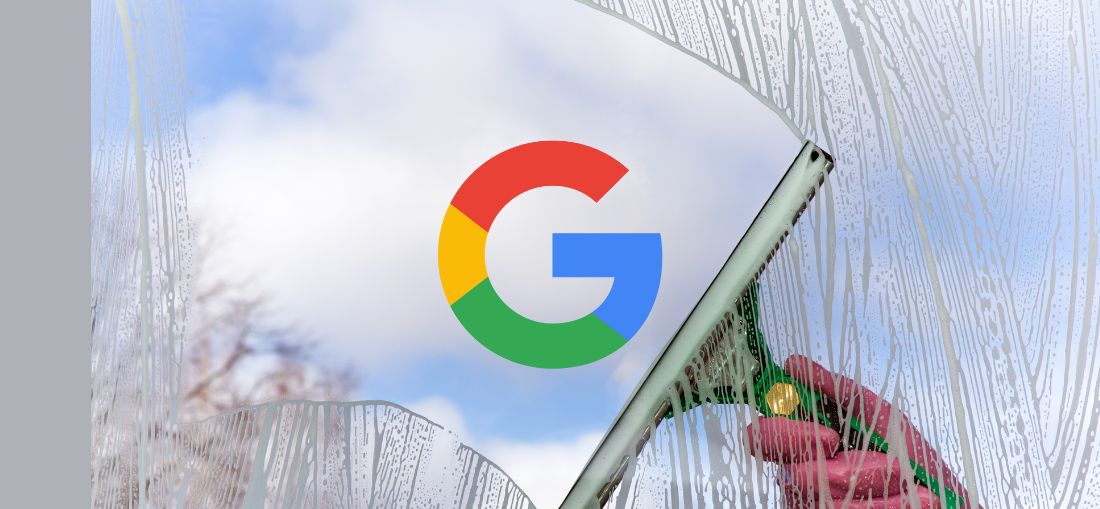Google has announced that it will be removing several attribution models for advertisers in Google Ads and Google Analytics by July 2023. The attribution models that will be discontinued are:
First Click, Linear, Time Decay, and Position-Based attribution models.
Attribution models are used to assign credit to different touchpoints along a customer’s journey before they convert. For example, if a customer sees an advert on Facebook, then searches for the product on Google, then clicks on another ad and makes a purchase, different attribution models will give different weights to each of these interactions.
Google says that it is removing these attribution models because they are outdated and do not reflect the complex and nonlinear nature of today’s customer journeys. Google recommends that advertisers switch to data-driven attribution (DDA), which uses machine learning to analyse how each touchpoint contributes to conversions.
DDA is available for free for eligible Google Ads accounts and for a fee for Google Analytics 360 customers. Google claims that DDA can improve return on ad spend (ROAS) by up to 30% compared to other attribution models.
However, some advertisers may not be able to use DDA due to data limitations or privacy regulations. In that case, Google suggests if you don’t want to use the data-driven attribution model then your other option will be to use last click”
Why does this matter?
Google’s decision to remove these attribution models may have significant implications for advertisers who rely on them to measure and optimize their campaigns. Advertisers will need to review their current attribution settings and prepare for the transition before the deadline. They will also need to evaluate how the change will affect their reporting and bidding strategies.
Google says that it will provide more guidance and support for advertisers in the coming months. Advertisers can also contact their Google account managers or partners for more information.
Author spike.digital